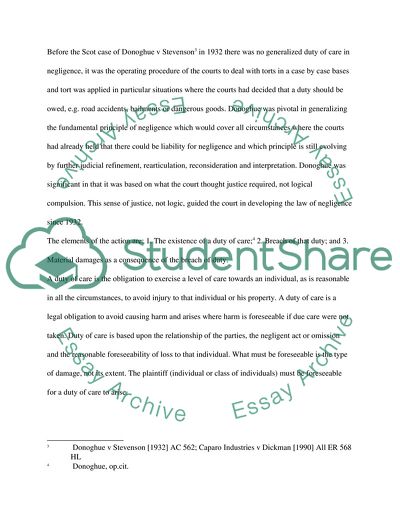Cite this document
(Extent to Which Public Policy Influences the Courts in Deciding Article, n.d.)
Extent to Which Public Policy Influences the Courts in Deciding Article. https://studentshare.org/law/1703312-consider-the-extent-to-which-public-policy-influences-the-courts-in-deciding-whether-it-is-fair-just-and-reasonable-to-impose-a-duty-of-care-in-negligence-ans
Extent to Which Public Policy Influences the Courts in Deciding Article. https://studentshare.org/law/1703312-consider-the-extent-to-which-public-policy-influences-the-courts-in-deciding-whether-it-is-fair-just-and-reasonable-to-impose-a-duty-of-care-in-negligence-ans
(Extent to Which Public Policy Influences the Courts in Deciding Article)
Extent to Which Public Policy Influences the Courts in Deciding Article. https://studentshare.org/law/1703312-consider-the-extent-to-which-public-policy-influences-the-courts-in-deciding-whether-it-is-fair-just-and-reasonable-to-impose-a-duty-of-care-in-negligence-ans.
Extent to Which Public Policy Influences the Courts in Deciding Article. https://studentshare.org/law/1703312-consider-the-extent-to-which-public-policy-influences-the-courts-in-deciding-whether-it-is-fair-just-and-reasonable-to-impose-a-duty-of-care-in-negligence-ans.
“Extent to Which Public Policy Influences the Courts in Deciding Article”. https://studentshare.org/law/1703312-consider-the-extent-to-which-public-policy-influences-the-courts-in-deciding-whether-it-is-fair-just-and-reasonable-to-impose-a-duty-of-care-in-negligence-ans.


